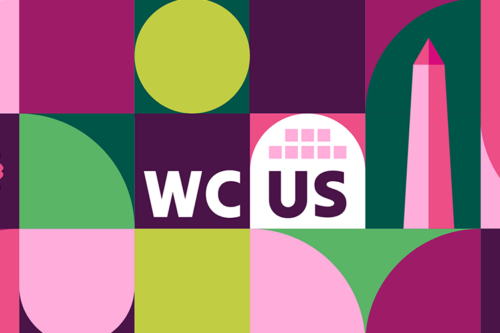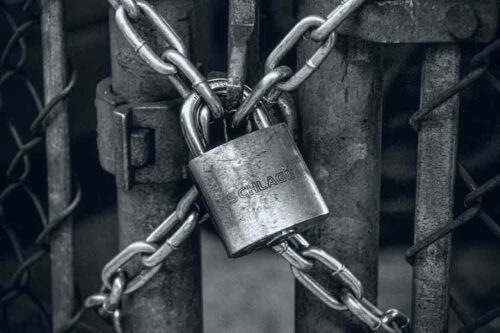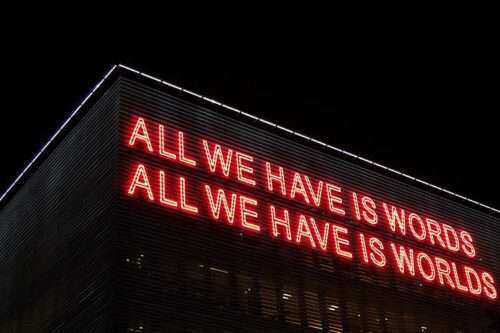


The Grumpy Designer’s Guide to 2024

The Grumpy Designer Ponders What It Means To ‘Learn’ AI

The Grumpy Designer Meets the Outside World (Again)

Why the Grumpy Designer Isn’t Sold on the AI Hype Machine

The Grumpy Designer’s 2023 Preview

The Grumpy Designer Asks: Are You Tired?

The Grumpy Designer Takes on WordPress Malware

How to Ensure that the Grumpy Designer Never Buys Your Product

Why ‘Grumpy Designer’ Is the Only Title I Want

The Grumpy Designer’s 2022 Preview
